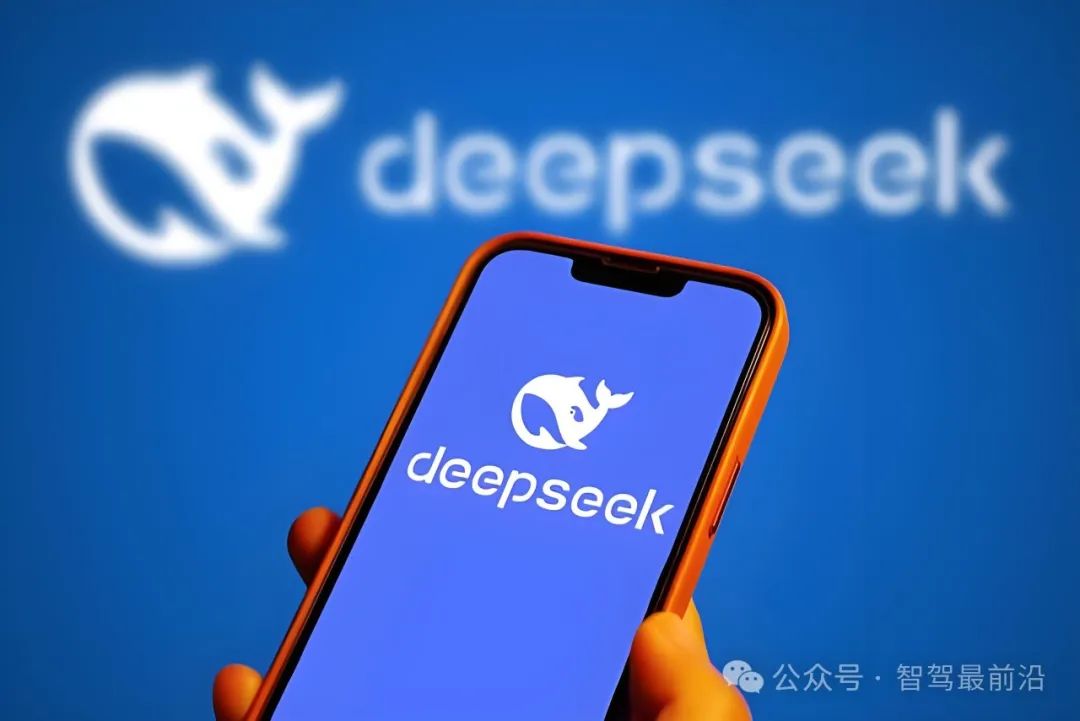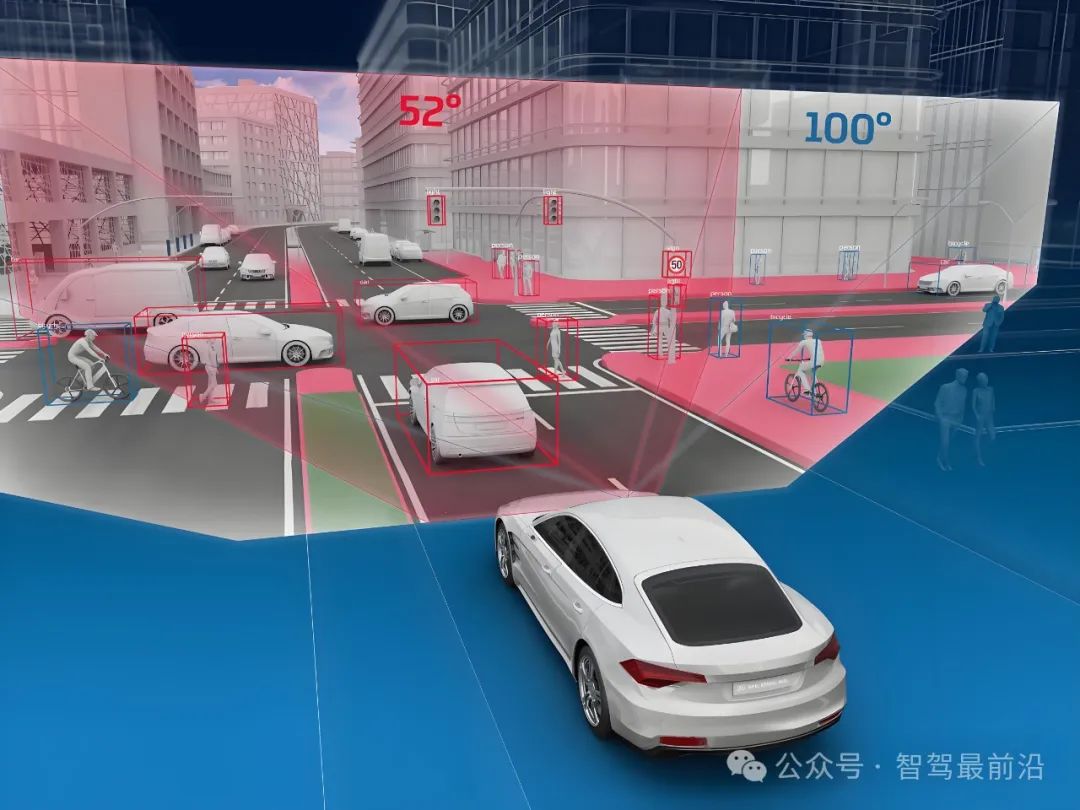Revolutionizing Autonomous Driving with DeepSeek
![]() 02/17 2025
02/17 2025
![]() 585
585
In the tech realm of 2025, DeepSeek stands out as a beacon of innovation. As a domestic AI system, its open-source approach, cost-effectiveness, and outstanding performance have swiftly garnered significant attention. Various industries are exploring how to leverage DeepSeek, with smart cars emerging as the primary sector vying for its integration. As of February 12, over 20 automotive enterprises and brands, including BYD, Geely, Chery, Changan, SAIC, Dongfeng, GAC, as well as new players like HOVO Auto, IM Motors, and Zeekr, have announced their adoption of DeepSeek. Even automotive infotainment providers like Banmax and ECARX have joined this collaborative ecosystem. The integration of DeepSeek is poised to alter the conventional reliance on single perception modules in autonomous driving systems, transitioning the entire system from basic environmental recognition to profound scene understanding and cognitive decision-making.


What Advantages Does DeepSeek Offer in Autonomous Driving?
Traditional autonomous driving systems primarily rely on sensors like cameras, radars, and LiDARs to gather data, making driving decisions after target detection and path planning. While this approach suffices for standard road conditions, it often falters in complex scenarios, long-tail anomalies, or emergencies due to single data processing and insufficient algorithm robustness. DeepSeek disrupts this status quo by innovatively adopting the Mixture of Experts (MoE) architecture, dividing the deep learning model into multiple sub-modules, each focusing on distinct tasks, thereby enabling refined division of labor for complex scenarios. This is akin to a hospital with specialized departments, where relevant experts handle specific illnesses.

DeepSeek further enhances its capabilities with Group Relative Policy Optimization (GRPO), enabling sub-modules to dynamically adjust weights and parameter allocation in a multi-task environment, fostering more efficient collaboration. Additionally, the Multi-Head Latent Attention (MLA) mechanism makes DeepSeek exceptionally adept at capturing image details and multi-modal information correlations, ensuring stronger adaptability to complex road conditions and extreme scenarios. These technologies collectively underscore DeepSeek's prominence in the autonomous driving industry.
In cloud training and data processing—crucial for autonomous driving implementation—DeepSeek has achieved remarkable breakthroughs. Traditional systems depend heavily on manually labeled data, a time-consuming and labor-intensive process prone to issues like labeling quality and data imbalance. DeepSeek employs self-supervised learning and transfer learning to automatically extract feature information from vast unlabeled data, drastically reducing the need for high-quality manual labeling. With the MoE architecture, different sub-modules distribute data processing according to their expertise, achieving efficient parallel processing. GRPO technology ensures collaborative optimization across modules for diverse tasks, enhancing cloud training efficiency and stability. This optimized process shortens model update cycles, lowers R&D costs, and enables automakers to swiftly adapt to market changes and practical needs, providing higher-quality data for more accurate and reliable scene recognition and decision-making.
Vehicle-side deployment and real-time reasoning are vital for autonomous driving practicality. Limited by in-vehicle hardware's computing power, power consumption, and storage, traditional deep learning models struggle with efficient real-time reasoning. By integrating with autonomous driving systems, DeepSeek considers vehicle-side application scenarios, transferring knowledge from large-scale deep models to lightweight networks through model distillation. This not only reduces model parameters but also maintains high accuracy while achieving low-latency real-time reasoning. With the distilled model, the in-vehicle system processes sensor data within milliseconds for functions like target detection, lane tracking, and emergency warnings. Low-power chips and dedicated AI accelerators enable efficient deep learning tasks and quick emergency decisions even in complex, dynamic road conditions.
Autonomous driving systems require comprehensive environmental understanding, but single-sensor data often falls short. DeepSeek's multi-modal data fusion technology, facilitated by the DeepSeek-VL2 model, deeply integrates visual, textual, speech, and other sensor data, addressing this challenge. In-vehicle camera images are processed by deep convolutional networks, combined with text from road signs, billboards, and real-time map data to form a 3D dynamic environmental cognition model. This fusion not only identifies static targets but also understands dynamic changes like traffic control, construction, or weather anomalies. Even if a sensor fails or data is abnormal, other sources supplement information, ensuring uninterrupted environmental cognition. This enhances emergency response, optimizes path planning, and issues timely risk warnings, improving environmental recognition comprehensiveness, fault tolerance, and system adaptability, further advancing intelligent driving technology.
Safety is paramount in autonomous driving. DeepSeek employs multiple techniques to ensure robust operation in extreme scenarios. While systems may excel in standard conditions, they often falter in anomalies. The MLA mechanism enables DeepSeek to capture subtle image changes and details, promptly identifying potential hazards. In response to sudden construction, traffic control, or rare signs, the system rapidly mobilizes expert modules for multi-level analysis and emergency planning. This multi-layer protection ensures decision-making accuracy and timeliness even with interfered or abnormal sensor data.

Why Do Automakers Choose DeepSeek?
Technological advancement thrives on industrial ecosystem support. DeepSeek's open-source strategy, freely providing model weights and core code to research institutions, has garnered significant automaker interest. This openness breaks the traditional closed R&D model, fostering extensive technological cooperation and exchange. Automakers can customize development on the DeepSeek platform, seamlessly integrate it into autonomous driving systems, and optimize based on their needs.

The open ecosystem accelerates technology diffusion, establishing data interfaces, standard protocols, and security mechanisms, ensuring seamless platform integration. Continuous feedback during inter-enterprise cooperation drives platform function iteration and upgrade. This cross-industry, cross-platform collaborative model catalyzes qualitative technological leaps across the autonomous driving chain, facilitating large-scale promotion and commercialization. As more automakers and technical teams join, autonomous driving forms a virtuous cycle of resource sharing and complementary advantages, paving the way for the intelligent travel era.
With automakers widely adopting DeepSeek, existing high-level intelligent driving capabilities will significantly enhance, laying the groundwork for future full-scenario, all-weather autonomous driving. Advances in AI, big data, and edge computing will further propel autonomous driving systems beyond traditional bottlenecks, achieving the leap from assisted to fully autonomous driving. Continuous technological iteration will enable vehicles to excel in complex road conditions and extreme environments, pushing driving safety and reliability to unprecedented heights.
The low-cost, high-efficiency R&D model will gradually extend high-end autonomous driving technology to lower-end vehicle models, accelerating the development of new travel modes like unmanned taxis, smart logistics vehicles, and shared travel. As standardized interfaces and security protocols improve, data sharing and collaboration between platforms and devices will become smoother, steering the entire autonomous driving ecosystem towards intelligence and unity. Driven by technological advantages and industrial synergy, the autonomous driving market will witness broader development spaces, profoundly impacting smart city construction and traffic management models.
With its unique technological edge and open ecosystem, DeepSeek is transforming autonomous driving systems from traditional perception models to global cognition models. Automakers adopting DeepSeek can reduce R&D and operational costs while significantly enhancing system robustness and adaptability, promoting intelligent driving technology's broader market penetration. As more enterprises and research institutions join this technological ecosystem, autonomous driving will transition from assisted to fully autonomous, comprehensively heralding the intelligent transportation era. The technological innovation and industrial synergy sparked by DeepSeek will undoubtedly propel global autonomous driving technology forward, opening infinite possibilities for safe, efficient, and green future travel. Perhaps, DeepSeek marks the "singularity" moment for autonomous driving.
-- END --





